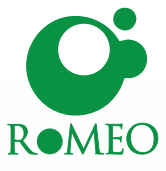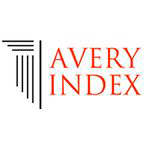Dreaming with The Pantheon in Rome
Abstract
Abstract (UK ENG)
Dreaming with The Pantheon in Rome is a process-based speculative essay engaging in the questions of agency and responsivity in matter which depart from current research into the durability of ancient Roman concrete. This is mixed (pun intended) with material engagement theory, quantum field theory and the theory of formative causation to explore possibilities of entanglement between matter and mind in architectural practices.
In the history of human architecture, The Pantheon in Rome is probably the best-preserved work of ancient Roman engineering. Significant for Roman engineering was its empirical base for knowledge production. When The Pantheon was built, there would have been thousands of people working in different locations across the empire, producing, and engaging in experiments with the material world for the purpose of architecture and construction.
This, the immensity of the collective effort together with the massive amount of material engagement and holistic relational inquiries into the material world we argue is one reason that Roman engineering was so eminent. In this essay we will be exploring ancient Roman architecture and engineering by looking at material engagement, responsivity, and agency in/of matter.
Downloads

Downloads
Published
How to Cite
Issue
Section
License
Copyright (c) 2024 Sebastian Andersson

This work is licensed under a Creative Commons Attribution 4.0 International License.
The authors keep their rights upon their work, although they transfer, in a non-exclusive way, the rights of exploitation (reproduction, publication, distribution, public dissemination and presentation) to the Journal. The authors are, therefore, free to enter additional, separate contracts for the non-exclusive distribution of the version of the work published in the Journal (for instance, by hosting in an institutional repository or publication in a book), provided credit is given that the work was initially published in this journal. The works are published under a Creative Commons Attribution 4.0 (CC BY 4.0) license.











